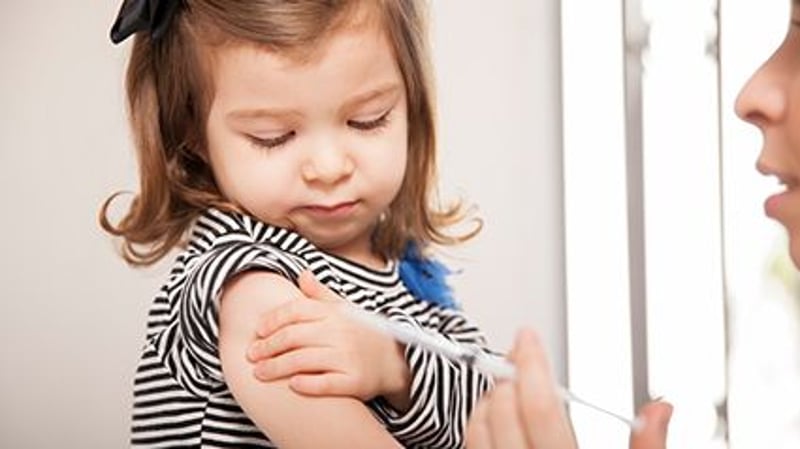Get Healthy!

- By Cara Murez HealthDay Reporter
- Posted September 6, 2022
Pediatricians Urge Parents to Get Kids a Flu Shot
Children should get their flu shot as soon as it is available, preferably by the end of October, a leading medical group recommends.
Flu vaccination lagged last year, with 55% of children getting their vaccines, the American Academy of Pediatrics (AAP) noted. Coverage levels were 8 percentage points lower for Black children compared with white children, and the academy said the flu disproportionately affects families who are Black, Hispanic or American Indian or Alaska Native.
"As a pediatrician and a parent, I consider the flu vaccine as critical for all family members,"said Dr. Kristina Bryant, lead author of a new policy statement from the AAP Committee on Infectious Diseases. It was published online Sept. 6 and will appear in the October issue of the journal Pediatrics.
"We should not underestimate the flu, especially when other respiratory viruses like COVID-19 are circulating within our communities," Bryant said in an AAP news release. "Besides making your child miserable and wreaking havoc on your family's routine, influenza can also be serious and even deadly in children."
While flu rates were lower last year, that likely owed to precautions taken to prevent COVID-19. Rates of flu and other respiratory viruses are expected to rise this year as children return to school and pre-pandemic activities.
Vaccines remain the best way to prevent severe illness and keep kids in classrooms, the academy said. It recommends flu vaccines for all children age 6 months and older.
Families should catch up with all vaccinations for their children, the academy advised.
Black, Hispanic, and American Indian/Alaska Native people had higher rates of flu-related hospitalizations and intensive care unit admissions, according to a study that spanned 10 flu seasons. Disparities were highest in kids under age 4. Flu-related deaths were three to four times higher in Black, Hispanic, and Asian/Pacific Islander children compared with white children, the study found.
Depending on their age and health, kids may get either the inactivated influenza vaccine (IIV), which is given by injection, or the attenuated influenza vaccine (LAIV), which is a nasal spray.
High-risk and medically vulnerable kids and their household contacts and caregivers should receive flu shots each year, the AAP said.
Any child between 6 months and 8 years of age who is getting a flu shot for the first time or who had only one dose prior to July 1, should receive two doses of influenza vaccine this year, at least four weeks apart. All other children should receive one dose this season.
Pregnant women may also receive the flu vaccine at any time during pregnancy. This will help protect them and their infants. Breastfeeding moms can also safely get the shot.
"This is a busy time for most families, with the start-up of school, sports and other favorite activities, like socializing with friends,"Bryant said. "Getting the flu vaccine helps protect everyone and allows for less disruption caused by illness. Don't let the flu stop you this season."
Children who are eligible for both a flu and COVID-19 vaccine can get both at the same visit.
More information
The U.S. Centers for Disease Control and Prevention has more on flu vaccines.
SOURCE: American Academy of Pediatrics, news release, Sept. 6, 2022

